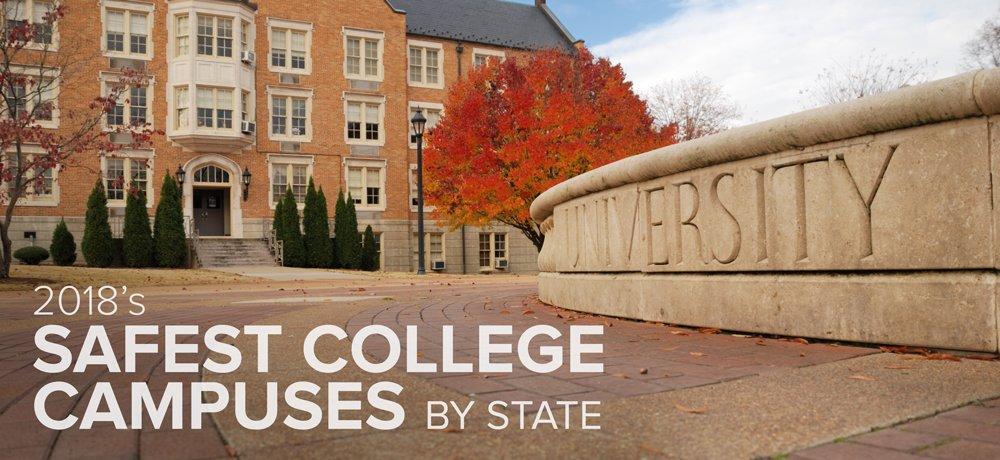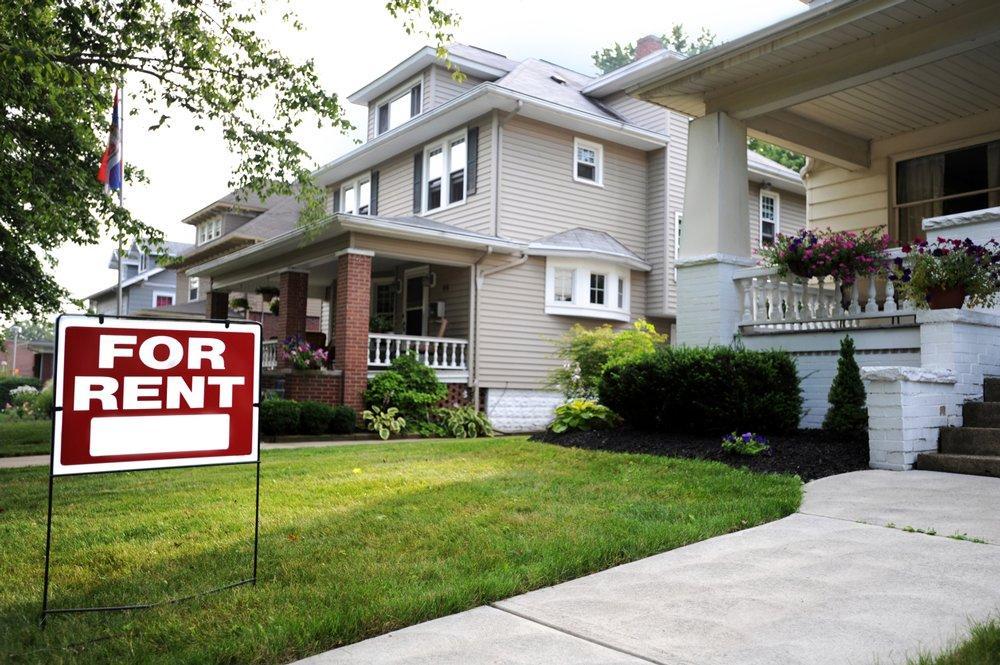According to the FBI crime report, one third of all burglaries occur through unforced entry. One out of every three break-ins could be prevented by simply locking your doors and windows, and properly securing your spare keys. Locking up is free, and a good lockbox for your spare key only costs about $20. Considering the average burglary costs $1,239, that $20 lockbox is a great investment.
The other two thirds of burglaries occur through forced entry, like breaking windows and kicking in doors. These are harder to prevent than unforced burglaries, but there are measures you can take.
Doors
Install Secure Deadbolts
Deadbolts are the most secure locks for any type of door, but if poorly installed they aren’t much better than not having one at all. Deadbolts should extend an inch or more into the doorjamb because any less is easier for a burglar to kick in. Because most homes have wooden doorjambs, it is also important to make sure your deadbolt comes with a large strike-plate that is secured with at least four screws, which should be at least 3 inches long, to prevent them from being easily ripped free.
Install a Solid Door
Avoid hollow-core doors because they are easier to kick in. Doors made of solid wood or metal offer more security and often look nicer as well.
Double doors are also easily broken down if they are not properly secured with a bolt going into the top and bottom doorjambs. Make sure that any double doors in your home have these additional bolts installed.
Because some sliding doors can be pulled off their track from the outside, make sure you have your door properly secured in a track that prevents removing the door from outside your home. Additionally, install a stomp bolt on the inside of the door to prevent the door from sliding while it’s locked. A cheaper alternative is to place a strong wood or metal pole in the inside door track.
Increase Visibility
Burglars are much less likely to force entry to your home if they can be easily seen from the street or a neighbor’s house. By ensuring that trees and bushes are trimmed back, you eliminate hiding places. But clearing visual obstructions is only part of this. Installing peepholes in your entry doors is an inexpensive addition that allows you to see who you are opening the door to, helping to ensure your personal safety.
Garage Doors
Garage doors can be very vulnerable to burglary if left unsecured. There are two main ways your garage door might be forced open.
First, there are automatic garage door openers. If you have a garage door opener produced after 2004, you have very little risk of another remote working on your garage. But if your garage door is older, you might have a problem.
Older garage door openers had no security features, meaning that anyone with the same brand could use their remote to open your garage. This safety concern prompted manufacturers to include a series of switches that allowed you to set your own “code” for opening the door. These were more secure, but many people left the switches in the default position, making them just as vulnerable as the first generation. Modern garage door openers have a “rolling-code” that the remote transmits to open the door. These codes have 100 billion possibilities, and a different one is sent every time you push the button.
No matter what kind of opener you have, you should never leave it in your car. If a thief breaks into your car, they have instant access to your home as well. Instead, you can get a remote that attaches to your keychain, so it’s with you at all times.
The second garage door security flaw is physical instead of technological. All garage doors come with a safety release to open the garage door in case of an emergency. When the garage door is shut, this safety latch is positioned right next to the garage and they are always dead center on the door. All a thief has to do is insert a hanger into the top of your garage, snag it on the same latch your red handle connects to and give it a firm tug. The safety latch releases and the garage door will lift open.
This issue can be easily fixed. Thread a strong zip-tie through the same hole your red handle ties into and a hole on the opposing side of the latch. This is commonly where a spring connects the safety latch to another piece of the garage door. Hangers are not strong enough to snap the zip tie, but if you ever need to use the safety latch yourself, the red handle can break it with one strong pull. This gives you added security without a safety hazard.
Windows
Just like with doors, the most important thing you can do is to secure your windows is to make sure they have sturdy locks and strong frames. The frame of your windows should be made of solid wood or metal. This will help keep anyone from forcing the glass out of its frame.
Most windows are now sold with sturdy locks, but if you have older windows you’ll want to upgrade them. There are solid steel locks available for all types of windows that are cheap, effective, and easy to install.
Windows have another security flaw; they break! Security film for your windows is available from many home improvement stores and installs easily on the inside of your windows turning them into a strong barrier. If a thief attempts to break your window, the glass will shatter, but the laminate will hold the pieces together to prevent anyone from entering the window.
Homes with windows built into the door or doorjamb pose an additional security risk. Breaking a small window to unlock a door is an easy way to force entry into a home so you should install security film on these windows as well. Because they are hard to secure, doors with decorative windows are not recommended.
Home owners often forget to properly secure windows on the second story because they assume that no one will try to enter through them. Many burglars keep ladders with them to check common security flaws like this. If you leave your ladders outside your home, it makes it even easier for burglars to enter through the second story. To help prevent this, keep your ladders in the garage and take the same precautions on your upper-level. Read our DIY Home Security Resource to find more tips on how to secure your home on a dime.
Additional Security Measures
Dogs have also been shown to help prevent burglaries. Not all dogs are good guard dogs, but a barking dog of any kind can send a thief running from the noise alone. Larger dogs provide added protection because they are more likely to try stopping a burglar physically.
Nothing can replace having a monitored alarm system installed in your home. Monitored alarms will automatically alert the police if a break-in occurs and some burglars won’t even try to break in when they see the security system signs. Some systems also have video surveillance, which can help you keep an eye on your home even while you are away.
Security Checklist
Keep your home secure by following some simple tips.
· Always lock your windows and doors.
· Make sure you have sturdy doors, doorjambs, and locks.
· Trim your trees and shrubs to ensure doors and windows remain visible.
· Install peepholes on every entry door in your home.
· Windows should have sturdy frames and updated locks.
· Install security film on your windows to prevent breakage.
· Get a dog that will alert you if someone enters your home.
· Install a monitored security system in your home.
What have you done to secure your home?



